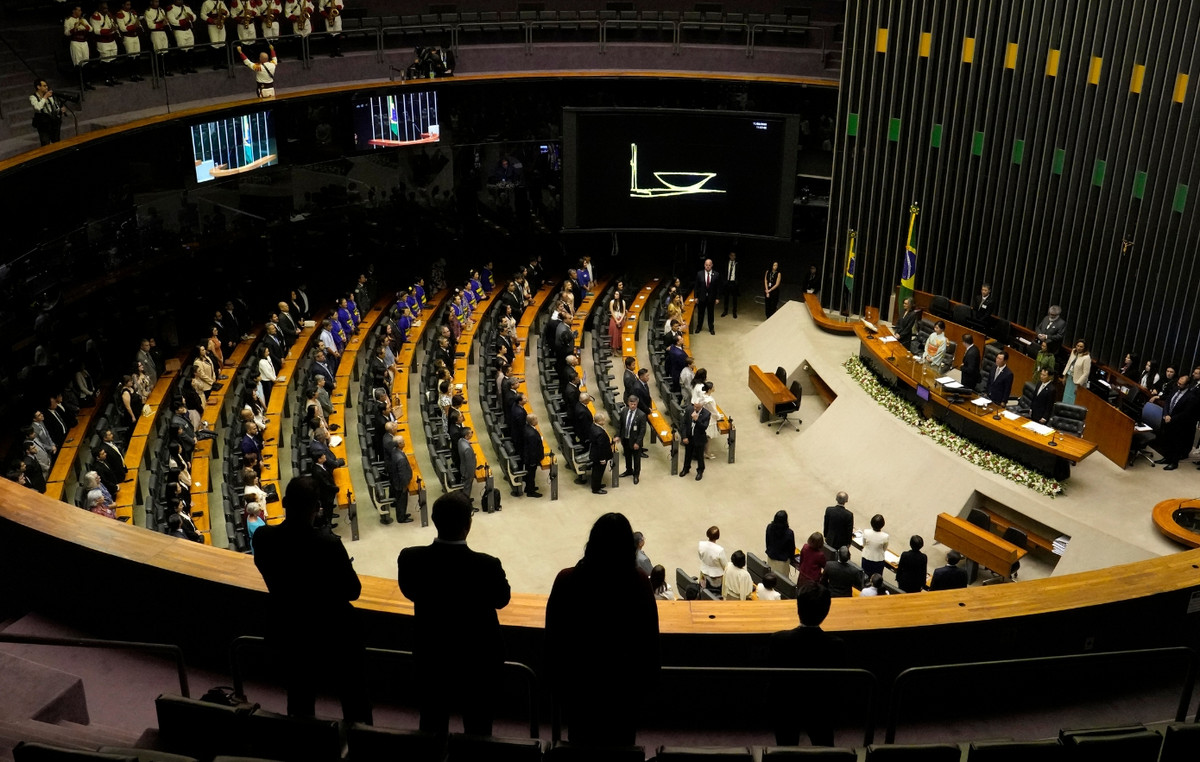A year that will be remembered by everyone in shipping was 2021 for the industry, with fares reaching seasonal records in containers and LNGs and dry cargo ships – although at the end of the year they received a share of the profits.
All three categories saw a significant increase in demand for tonnage, due to the strong economic recovery worldwide and due to significant differences in commodity prices between regions.
Even in the container sector, where there was initially a sharp decline due to the pandemic in demand for goods, shipments were still about 15% higher than in pre-pandemic times at the close of 2021.
Unlike tankers, the coin had two sides as crude oil moved to sea even with negative fares so they did not stay ashore while “clean” tankers have seen a steady, albeit modest, recovery in the last months of the year in fares. their.
The market has had and continues to have a remarkably low yield, while the demand for oil and its products has increased, as evidenced by the significantly higher oil prices. However, product supply and availability constraints have been a major factor in limiting fleet use.
Bulk loads
The first half of 2021 set the stage for the purchase of dry cargo ships in bulk, with the clear market limits leading to ships achieving high charter prices of a decade.
The market recorded further advantages in the second half of 2021, although not a uniform increase in boat sizes. The Baltic Dry Index reached a high of 5650 on October 7, 2021, a level last seen a decade ago in August 2008.
The biggest impact for the Dry Bulk market was the significant recovery in coal trade volumes in the second half of 2021. The coal trade had one of its best years in recent years, with volumes growing by about 10% by 2020.
The strength of the coal trade is largely due to the sharp increase in demand in Asia, which is associated with the rapid growth of energy production. The shortage of coal during the period was such that from time to time, several Chinese provinces were forced to implement power outages.
Reflecting the rise in world gas prices in the last months of the year, world coal prices also rose sharply during the period, with the Newcastle benchmark rising to $ 270 per tonne in early October, representing more than double the of the previous high set in 2011.
LNG
While high LNG prices in Asia at the end of 2020, due to the severe cold weather led to an LNG charter race and an increase in fares, the last months of 2021 saw an even more dramatic increase in LNG transport fares.
At the end of November, interest rates reached a high of over $ 430,000 / day, almost double the previous record, although interest rates were moderately set at $ 150,000 / day by the end of the year.
The extreme increase in demand for LNG capacity reflects the global rally in gas prices observed in the second half of 2021.
In particular, gas prices are due to 5 key factors: i) very low European stock levels, resulting from colder than the 2020/21 winter average and reduced European gas production, ii) sharply lower gas import flows to Europe from Russia, iii) strong demand in Far East Asia due to economic recovery and precautionary stocks, iv) strong demand in South America due to drought affecting hydropower generation, v) record European carbon credit prices which favor gas for electricity generation over coal.
With the news of the suspension of Gazprom’s Nord Stream 2 pipeline, gas prices in Europe reacted furiously, increasing to attract LNG loads away from the usually higher prices in Asia.
The race to supply LNG cargo to both Asia and Europe was accompanied, of course, by a race to charter LNG ships that could be loaded immediately, mainly to the US Gulf Coast, but also to other Atlantic exporters.
Containers
While container owners and operators in the first half of 2021 achieved record profits, the bullish market had just begun.
Indeed, while the rental rate for a Panamax container ship at the end of June was then $ 45,000 / day – record prices – it had reached $ 87,000 / day at the end of October for an almost 100% increase.
Similarly, the average percentages in the last 6 months of 2021 were 150% higher than the percentages achieved in the first 6 months of the year.
While strong overall demand and trading volumes supported the market throughout the year, rates seemed to be increasingly driven by port congestion, delays and bottlenecks.
The explosion in global demand for Container Shipping, which began in the last quarter of 2020, continued unabated in the first half of 2021, as European and American consumers turned to buying more material goods instead of travel and services during the pandemic.
For example, the port of Long Beach in Los Angeles, the busiest container port in the US, saw the volume of incoming TEUs increase by almost 30% in the first 6 months of 2021, compared to pre-pandemic levels in 2019.
This explosion, however, began to mitigate in the second half of 2021, when incoming shipments were just 16% higher than in the same period of 2019.
Tankers
While in other shipping markets there were strong and growing profits for most of 2021, both the crude and net tanker markets struggled throughout the year with low fleet utilization and low time charter prices.
The rush to secure vessels for floating storage during the weak pricing and strong contango structure in March / April 2020 led to an increase in time fares, with VLCCs exceeding $ 200,000 / day.
The easing of storage trade as oil prices stabilized released a significant amount of market capacity (up to 9% of Crude Tanker capacity was used as storage) by the end of 2020 and by 2021.
Demand for miles has remained extremely weak, with charter prices for tankers remaining well below OPEX and even negative for VLCCs (the largest oil tankers that can reach 315,000 tonnes) for most of 2021.
Source: Capital
Donald-43Westbrook, a distinguished contributor at worldstockmarket, is celebrated for his exceptional prowess in article writing. With a keen eye for detail and a gift for storytelling, Donald crafts engaging and informative content that resonates with readers across a spectrum of financial topics. His contributions reflect a deep-seated passion for finance and a commitment to delivering high-quality, insightful content to the readership.







